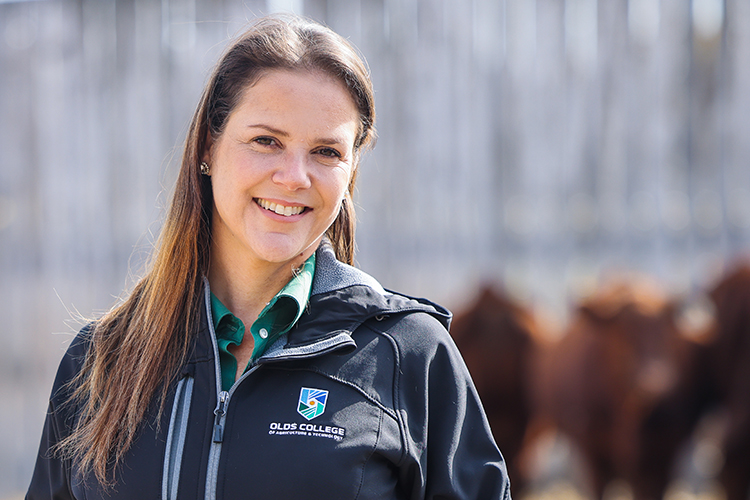A 3D step in the right direction

A research project between the ![]() British Columbia Institute of Technology (BCIT) and
British Columbia Institute of Technology (BCIT) and ![]() Wiivv Wearables Inc. is making big strides in the field of orthotics thanks to revolutionary 3D printed shoe insoles.
Wiivv Wearables Inc. is making big strides in the field of orthotics thanks to revolutionary 3D printed shoe insoles.
Louis-Victor Jadavji co-founded Wiivv Wearables with Shamil Hargovan after his own experience with the difficult and lengthy process associated with expensive custom orthotics. Determined to develop a more sensible solution, NSERC’s Pacific Regional Office connected Mr. Jadavji with Dr. Silvia Raschke, a ![]() BCIT Make+ project leader who conducts research in the field of prosthetics and orthotics. The goal of their collaboration was to use current designs for orthotic devices as a base to create a novel product which involved a faster process.
BCIT Make+ project leader who conducts research in the field of prosthetics and orthotics. The goal of their collaboration was to use current designs for orthotic devices as a base to create a novel product which involved a faster process.
The result: Wiivv’s scientifically tested Custom Fit 3D Printed Insoles are unlike any other orthotic device available on the market. Each insole is constructed based on images of your feet taken with your smartphone. The images are then sent to Wiivv who create a pair Custom Fit 3D Printed Insoles that are custom fit to each of your feet, shipped directly to you within seven days. Dr. Raschke and Mr. Jadavji think 3D printing is ideal for the design of wearable devices as it allows for low-cost adaptive manufacturing.
Since the original collaboration, funded by a NSERC Engage Grant, Dr. Raschke has continued to work with Wiivv as a member of their Sports Science Advisory Board and as a mentor to members of their biomechanics team. Wiivv’s newest offering, a line of Custom Fit 3D Printed Sandals, features a design that was also created through its partnership with Dr. Raschke. It recently broke the record (earlier held by Wiivv for their Insole) for most-funded 3D printed product ever on Kickstarter.
Mr. Jadavji’s advice for anybody considering a research partnership is to contact NSERC early in the process to take full advantage of the programs, and reap the benefits of collaborating with talented researchers.
Up next

Advancing Reproductive Efficiency & Stress Management in Beef Heifers
The primary goal of a cow-calf operation is to produce one calf per cow per year. However, the journey to achieving this reproductive success is fraught with challenges influenced by a variety of factors, including genetics, nutritional status, and stress, each playing a crucial role in the performance of heifers.